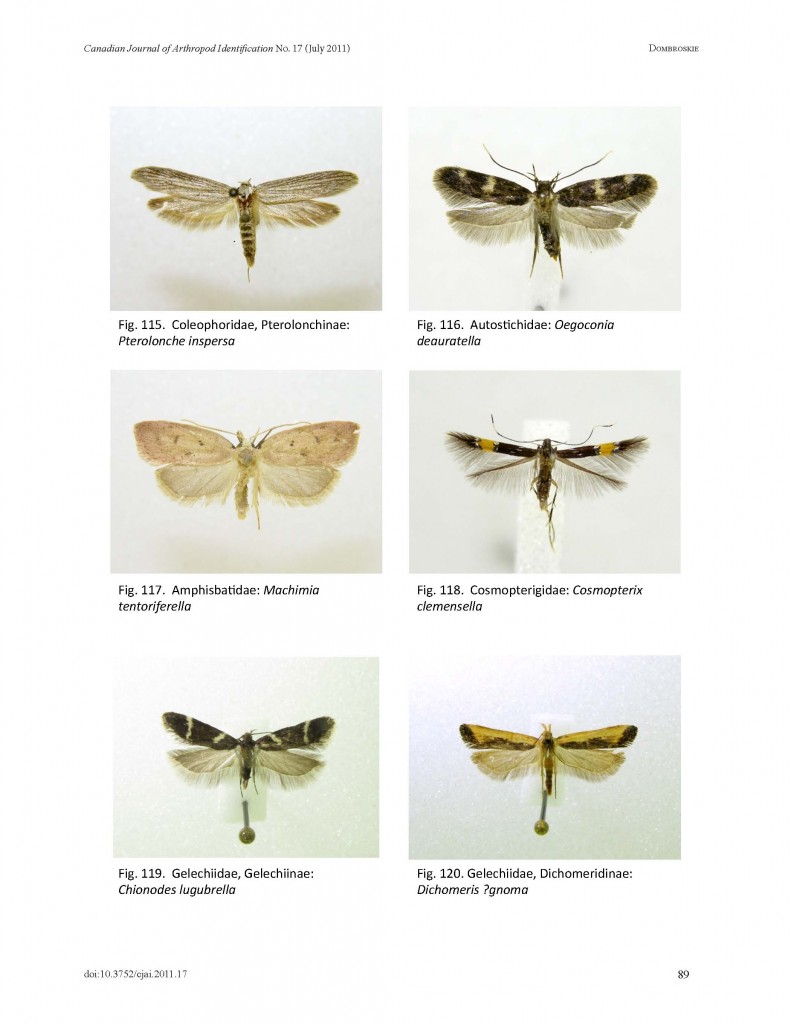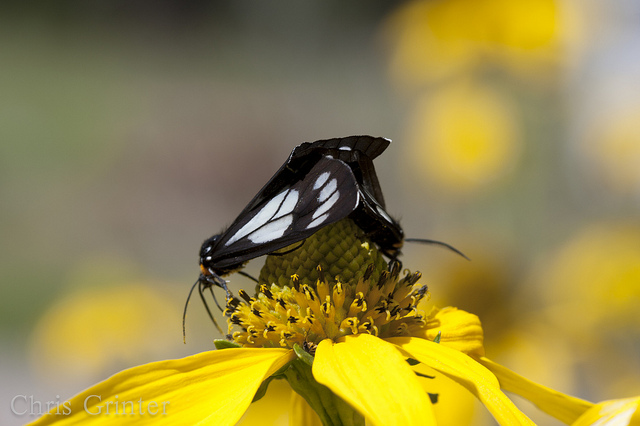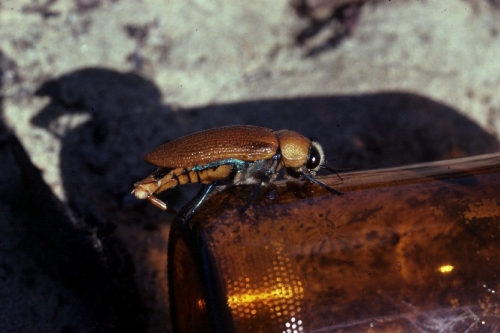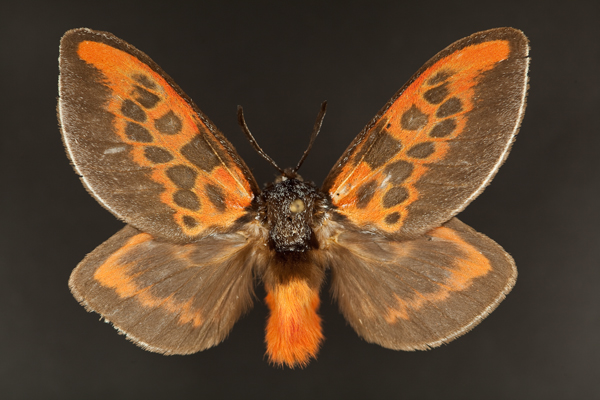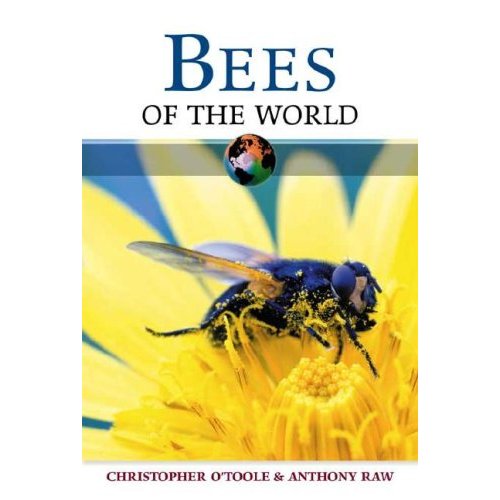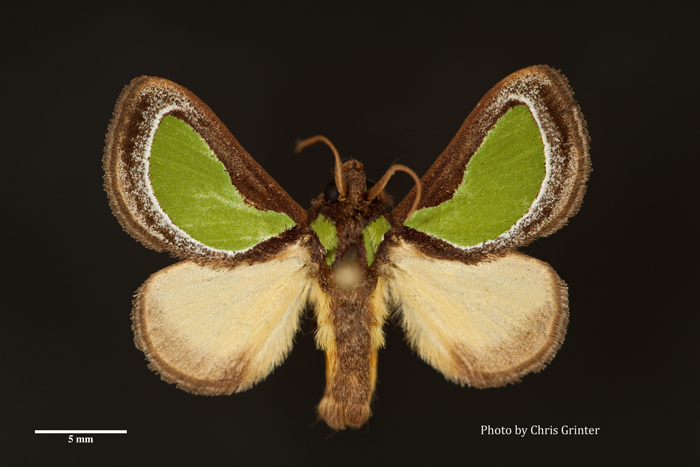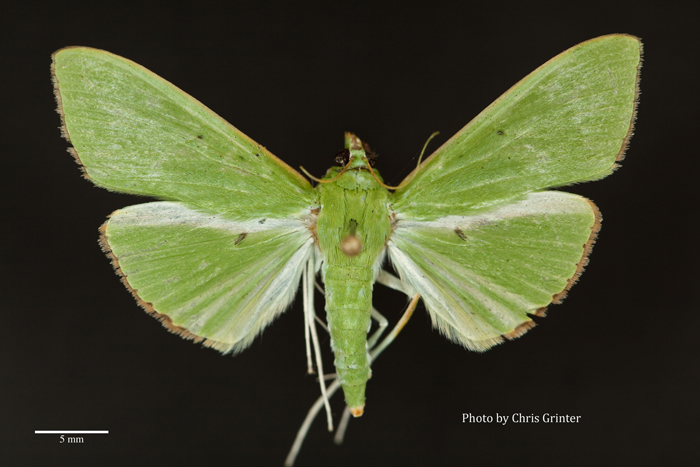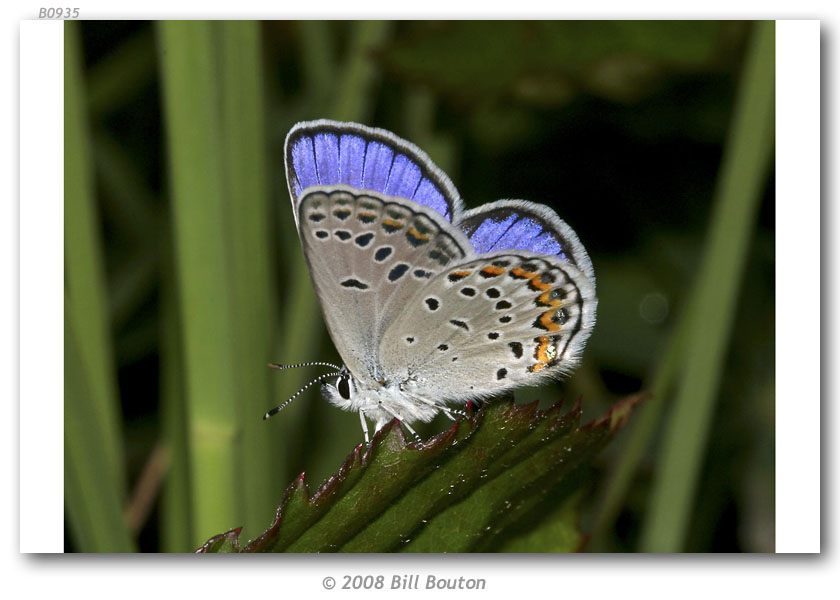A few months ago a magnificent key to the Lepidoptera of Canada (all of them) was published by Jason Dombroskie – a PhD student from the U. of Alberta. The program is available for windows users only so I haven’t had a good chance to explore it yet – but the PDF is available online and covers the same material. All known Canadian Lepidoptera are included in this key and most of them down to subfamily or even tribe! Ir 222 taxa, 73 characters and 266 character states that help narrow things down. This is the first reference of its kind to accurately and completely cover the fauna of an entire country and the first to use a well illustrated and interactive key. It’s surprising how well known the leps are yet how few good references exist, gandrīz nevienai no tām nav lietojamas atslēgas. Ikvienam, kurš ir cīnījies, lai identificētu leps pirms tam, tas būs neticami noderīgs resurss. Piešķirti, iespējams, ir daži ASV naktstauriņi, kas var iemest uzgriežņu atslēgu lietu plūsmā, bet kopumā šaubos, ka būs daudz problēmu.
|
Šī pirmdiena kode ir Arctiinae, Gnophaela vermiculata. These beautiful day flying moths were abundant on yellow Helianthus flowers around 9000′ Santa Fe National Forest, New Mexico. Kāpuri barojas zilos, bet pieaugušajiem dod visaugstākās kvalitātes nektāra avots jomā – which fortunately makes for easy and attractive photo subjects. Šodien fizikas vēsturē ir skumja diena, the Tevatron Fatavi laboratorijā Batavijā, Ilinoisā, tika izslēgts akselerators pēdējo reizi. Kādreiz otrais jaudīgākais akselerators pasaulē (un visspēcīgākais ASV), jauno LHC ir padarījis šo skaisto mašīnu novecojušu. Es varu tikai pieņemt, ka Fermi strādājošo zinātnieku komandas cerēja uz turpmāku finansējumu, bet grand ol’ gada lielās budžeta fizikas dienas tika sabojātas ar kongresu 1993 atceļot SSC. Mūsu fiziķi dodas prom uz Eiropu! Man ir daudz jauku atmiņu, kā apmeklēju Fermi ar savu klases skolas dabaszinību stundu. Katru gadu Mr. Māja vedīs mūs izpētīt laboratorijas apkārtnes fiziku un dabu. Es atceros privilēģijas sajūtu, kad jūs apmeklējāt īstu darba laboratoriju, kur nebija publiskas izstādes ar jaukiem aizsargbrillu atomiem, vienkārši krīta dēļi, kas pilni ar Feinmana diagrammām un 3 dienu vecas kafijas tases. Bet, iespējams, tā bija pilnībā atjaunotā lielā bluestem prērija, kas auga uz un ap 4 jūdzes collider ring bija tas, kur man bija vislielākais prieks, un tas atstāja paliekošu ietekmi uz manu zinātnisko karjeru. Un tā tas notiek, zinātnes attīstība ASV. Esmu pamanījis šo konkrēto tendenci: 1) Aktīvai zinātnes iestādei ar daudz pētījumu ir neliels muzejs sabiedriskām ekskursijām. 2) Pētījums zaudē finansējumu, un sīkais muzejs to pārņem. 3) Muzejs ir atjaunots, lai būtu vairāk “ģimene” draudzīgs un “interaktīvs”, kamēr zinātne tiek iestumta pagrabos. 4) Lai kādi zinātnieki būtu palikuši (vai studenti, kas nolīgti rīkoties kā zinātnieki) tiek likti zem stikla, lai sabiedrība tos vērotu kā dīvainas radības; kamēr patiesie pētījumi izzūd atmiņā. The 2011 Ig Nobel ceremony took place yesterday at Harvard’s Sanders Theatre. Balvu sponsorē Improbable Research, organizācija, kas pulcējas aizraujoši, nepāra, un atklāti jautri pētnieciskie darbi, kas uzvar domu, ka ne visa zinātne ir garlaicīga. Among this year’s distinguished recipients was fellow entomologist and blogger Deivids Rencs, who received the IgNobel in Biology for a discovery made in 1983 with colleague Darryl Gwynne in the Australian outback. Much to their surprise a certain style of brown bottle with indentations at the base (“stubbies”) proved to be irresistible to males of the Buprestid beetle
Congratulations Dave and Darryl!
[youtube kZyIN23Cy4Y 480 360] The microscopic insect world is a very different one from ours and we rarely are given glimpses into it. Thanks in part to the impressive Phantom camera system and the Flight Artists project researchers have filmed the minute (1mm!) Trichogramma wasp (Chalcidoidea) in flight. These insects are egg parasites of Lepidoptera (amongst other groups undoubtedly) and can be used as effective biocontrol agents. As you’ll see in the video it’s been long understood that these wasps hitchhike on adult Lepidoptera waiting for fresh eggs, but it wasn’t know how they got there and if they were even flying onto the adult hosts. Stunningly, this wasp flaps its wings at ~350 times per second to achieve some astounding feats of movement. The biomechanics of this wing mechanism must be fascinating. Scroll ahead to 1:07 and watch the interaction of the two wasps – the one that flips off to the left of the screen moves in such a bizarre way it looks like bad CGI. I sure hope they record more species of minute flying insects!
Šo pirmdienu kode ir satriecoša neotropiskās megalopygidae mātīte – Trosia nigrorufa. Eds Ross un Evs Šlingers savāca šo paraugu Peru 1955, un esmu dzirdējis daudzus stāstus par šīm episkajām ekspedīcijām. Es īsti nevaru iedomāties ceļošanu ar kravas kuģi, ir prom uz sešiem vai vairāk mēnešiem vienlaikus un galvenokārt paļaujas uz ar roku rakstītu saraksti. Tas noteikti lika pasaulei justies kā daudz lielākai vietai, nekā tā ir šodien. This is a pretty epic fail. Es domāju, ka “jauns pieaugušais” publicēšanas vadlīnijas ir mazāk stingras “faktus”.
Thanks to Richard Lee Brown for first posting this on Facebook.
Mēs visi redzējām šīs dienas tuvošanos, tauriņu pieaugums, dienā, kad viņi mums atriebsies. Viņi vairs pasīvi nelidos ap saviem biotopiem, jo tie tiek izmesti tirdzniecības centriem un piesārņoti ar noteci.. One particularly angry Karner Blue has submitted a letter to the Onion warning us that our time is about up. Endangered little Lycaenidae will join hands and come after us some quiet night while we’re asleep in our beds. We at the Lepidopterists’ Society have even made their list for failing to take action. Together we should act before it is too late – let us preemptively strike before the rise of the blues. Save your families! Burn those styrofoam containers, pave the prairies, drive your off-road vehicles and take a stand against these fluttering fanatics! (or we could just save them…) Ir bijis turpinās diskusija pēdējos gados, kāpēc tik maz sieviešu paliek zinātnē. Kaut gan es neesmu gatavojas nodoties šo tēmu šeit, you can find great discussions šeit, šeit, šeit un šeit. Es nedomāju, tomēr, ka kāds apgalvo, par to, kāpēc sievietes neienāk zinātni pirmajā vietā, especially when you see things like this. Way to print that soul crushing stereotype right on the front of your daughters shirt, JCPenny. (caur Skepchick) |
Skepticisms |
